Earth Day is an annual event celebrated on April 22 since 1970. It is a time to demonstrate support for environmental protection and an important reminder that we all have a role to play in protecting the planet. For Earth Day 2024 on April 22nd, EARTHDAY.ORG is reinstating its unwavering commitment to end plastics for the sake of human and planetary health, demanding a 60% reduction in the production of ALL plastics by 2040
Credit for the Earth Day idea goes to Gaylord Nelson, an American politician from Wisconsin and leading figure in the fight against environmental degradation and social injustice. Rachel Carson, a marine biologist and best-selling author provided the spark for this movement with the 1962 publication of her book, "Silent Spring" which showed the devastating effects of modern pesticides on the natural world.
A Comment by Loy

It seems the faster we go, the more behind we get...








.jpg?fit=crop&w=280&h=280&q=93)





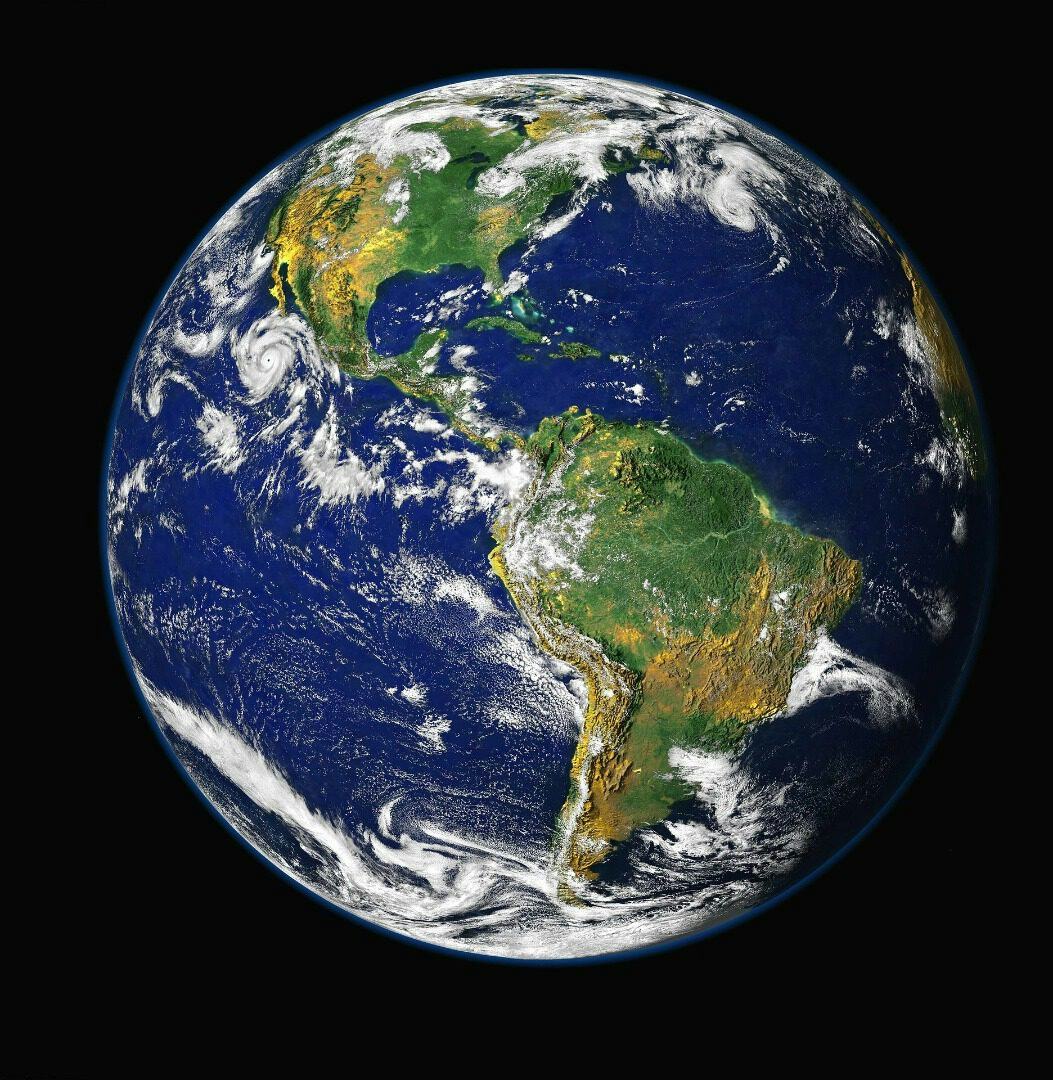
.jpg?fit=crop&w=200&h=200&crop=faces)

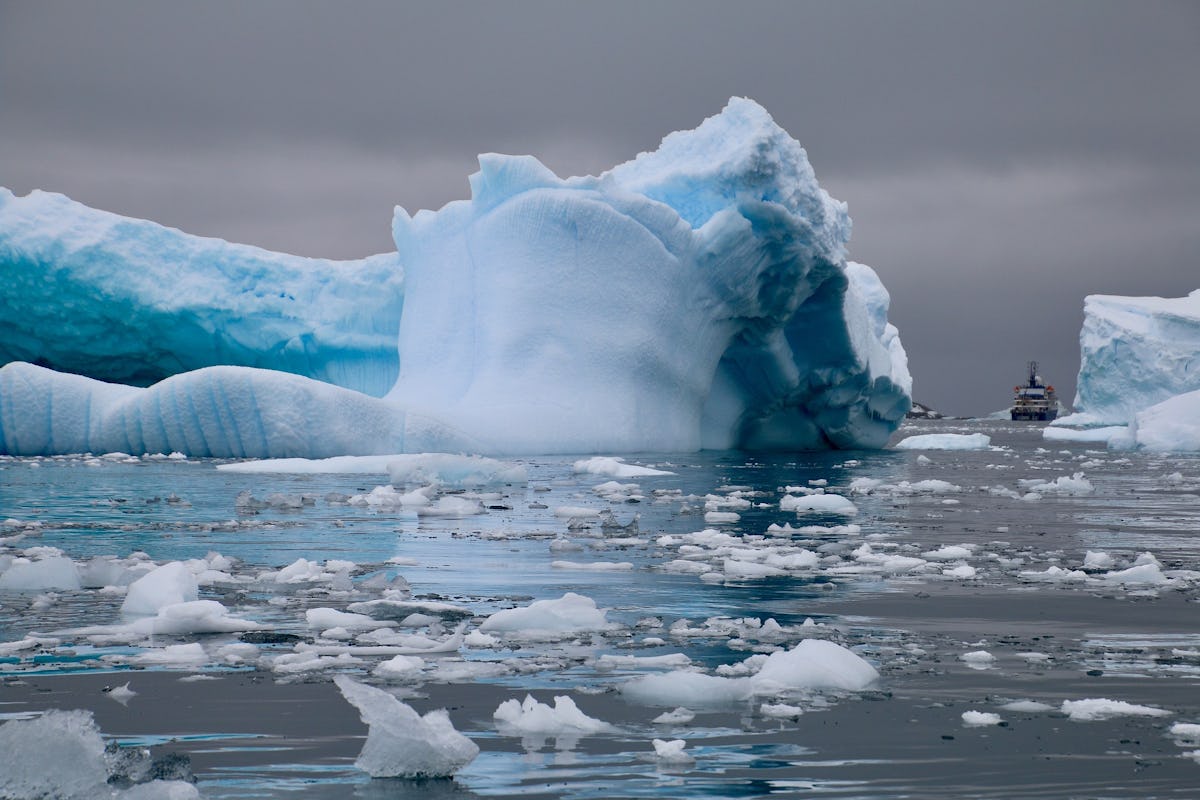



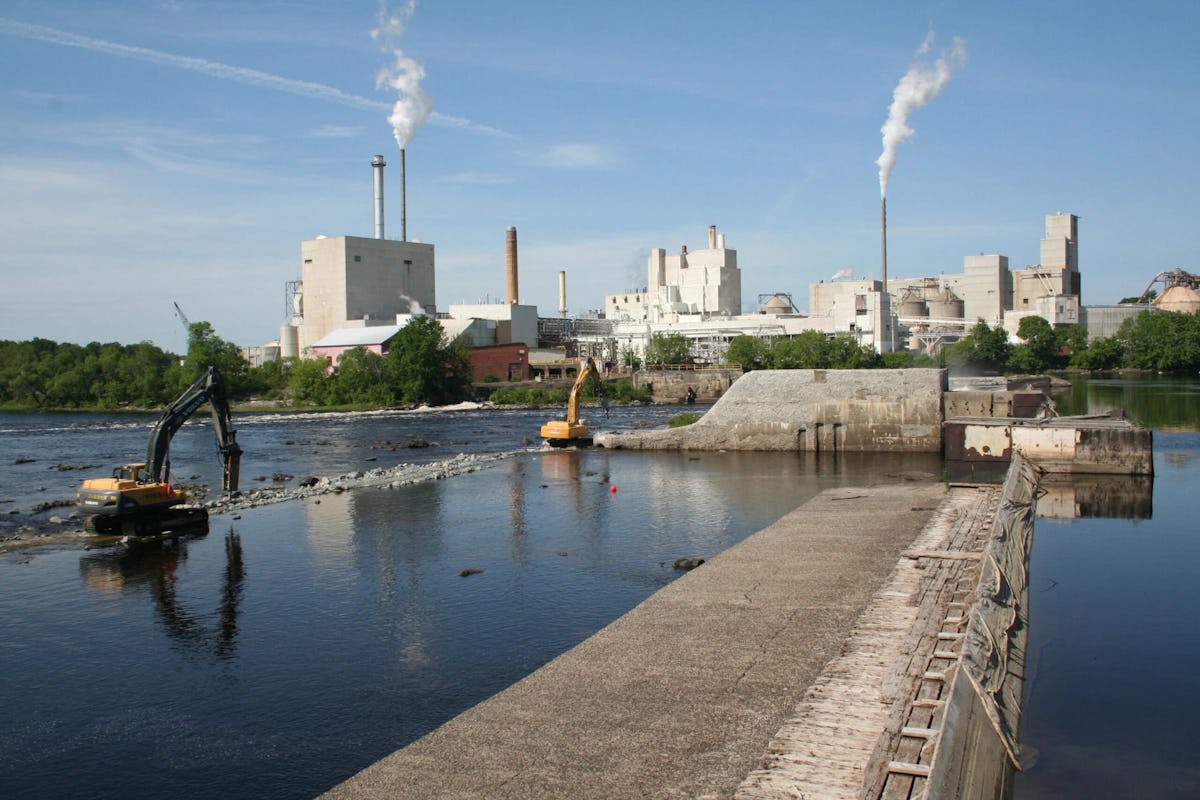
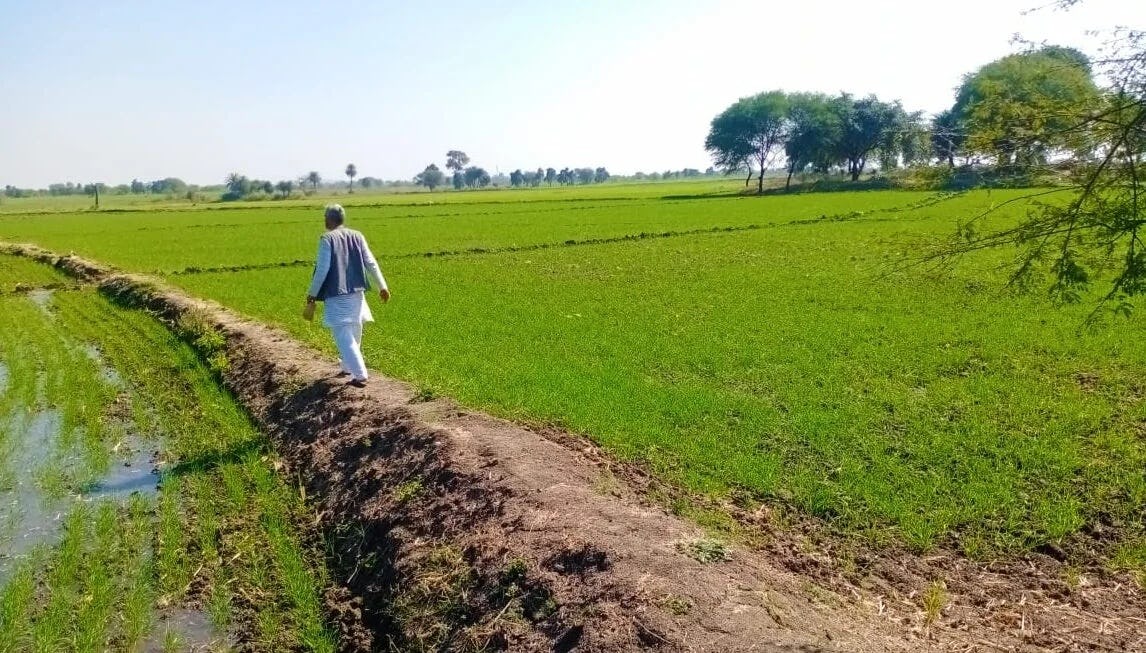
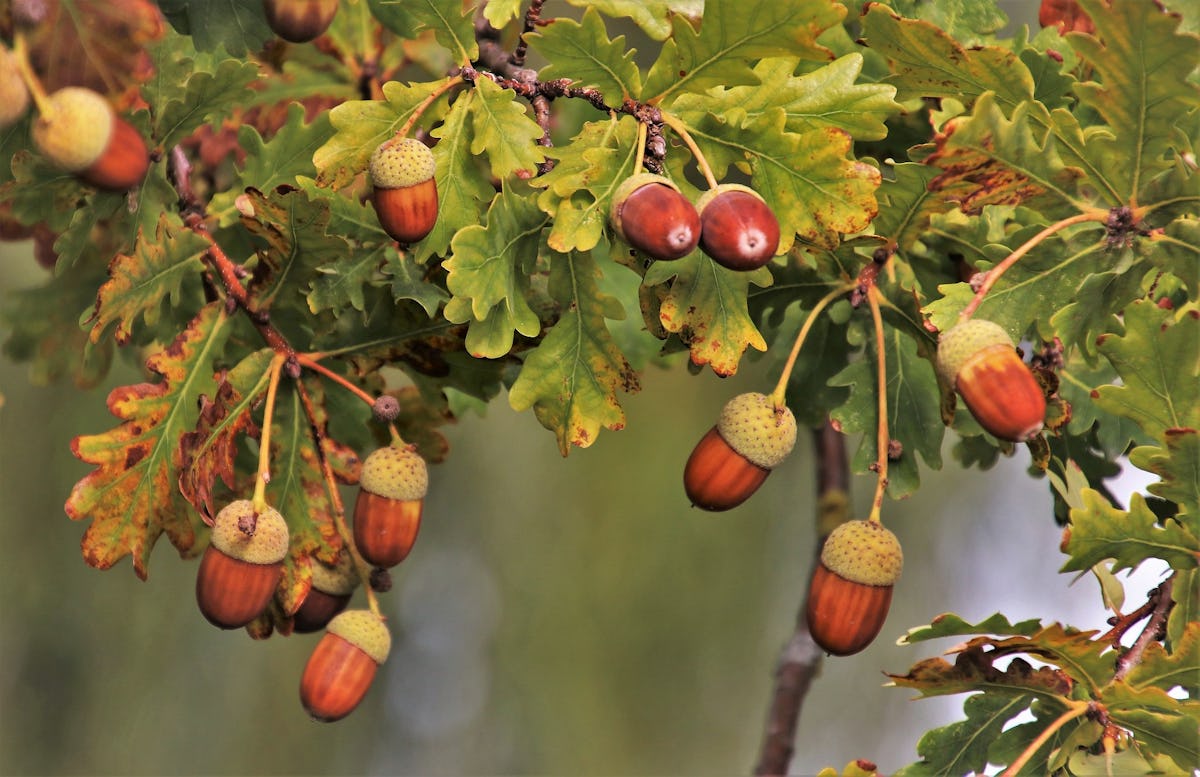




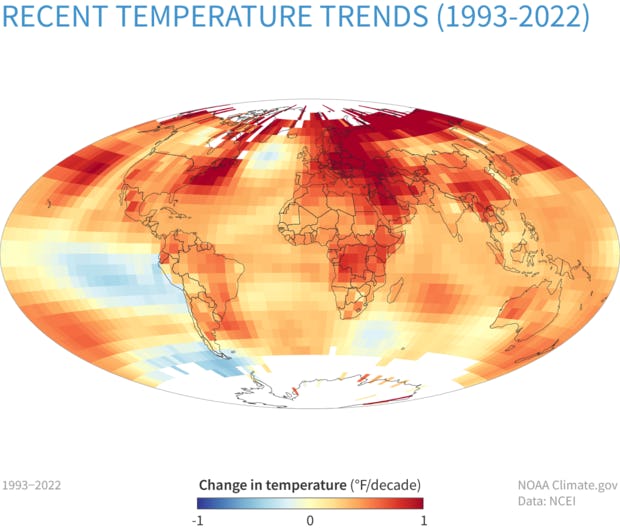

 - Copy.jpg?fit=crop&w=280&h=280&q=93)





